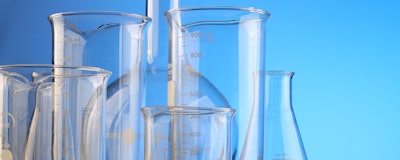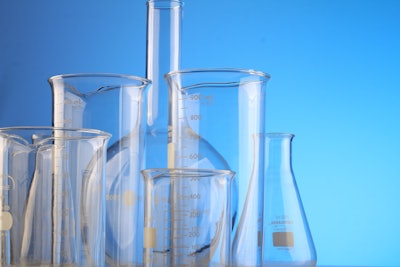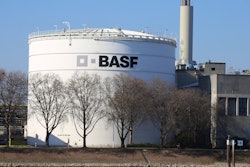
 (CC0 Public Domain)
(CC0 Public Domain)Researchers have cleared one hurdle toward environmental cleanup of certain contaminants with a newly designed synthetic enzyme that reduces the compound sulfite to sulfide—a notoriously complex multistep chemical reaction that has eluded chemists for years.
Chemists at the University of Illinois at Urbana-Champaign described their enzyme containing two different iron-containing centers linked together by a single enzyme.
Sulfite reduction, a common oxidation-reduction—or redox reaction—can interfere with the cleanup of a major class of environmental contaminants including nitrate, arsenate, and perchlorate. These contaminants enter the environment as byproducts from the production of rocket fuel, munitions, and fertilizer. Sulfite also occurs naturally and interferes with the elimination of more toxic compounds, and chemists have not been able create catalysts to remove sulfite because it requires multiple steps of reactions using a complex active site that is difficult to design and synthesize.
"Many biochemical reactions require a series of enzymes working together to carry out multistep reactions, but sulfite reduction uses only one enzyme, called sulfite reductase, that does all of the work," said Yi Lu, a professor of chemistry at Illinois. "Nature created a very complex enzyme structure to handle this chemical reaction, and researchers have not been able to replicate it until now."
Past groups that have attempted to build a synthetic sulfite-reducing enzyme have concentrated on making structural models that look like the active site of native enzymes, said chemistry graduate student Evan Mirts. For this study, the team used an enzyme as a scaffold to anchor clusters of iron and sulfur atoms that behave like tiny molecular batteries, transferring the electrons needed to push the redox reaction.
"I believe we were successful because we focused on the functionality of our synthetic enzyme, not rebuilding the simplest possible structure," Mirts said. "We accounted for interactions that are typically thought of as secondary, or less important to the overall redox reaction. It turns out that these interactions are extremely important."
"When we accounted for those so-called weaker interactions in our designed enzyme, we suddenly saw redox reaction activity that was very similar to that of the naturally occurring sulfite-reducing enzyme," said Lu, also a joint appointee at the U.S. Department of Energy's Pacific Northwest National Laboratory.
The team envisions their newly developed enzyme inspiring a new generation of catalysts to help clean up toxic waste in the environment and help improve the quality of petroleum products.
"Aside from the practical applications, I think our work here has advanced the frontier of artificial enzyme design in terms deciphering the complexity of redox reactions and designing multifactor catalysts with very high activity," Lu said. "With the successful demonstration of this system, we can now begin to design many other multicofactor enzymes that perform even more complex, difficult reactions that we could only dream of before."






















